I'm reading data from the microphone and want to perform some analysis on it. I'm attempting to generate a spectrum analyser something like this:

What I have at the moment is this:

My understanding is that I need to perform a Fourier analysis - a Fast Fourier Transform ? - to extract the component frequencies and their amplitudes.
Can someone confirm my understanding is correct and exactly what type of Fourier transform I need to apply?
At the moment, I'm getting frames containing 4k samples from the mic (using NAudio). The buffer I've got is 16bits/sample (Signed Short). For reference, the above plot shows approx half a frame
I'm coding in VB so any .Net libraries/examples (preferably on NuGet) would be of most use. I believe implementations vary considerably so the less I have to massage my data, the better.